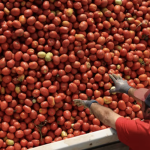Healthier soils absorb and hold more water
HB Future Farming trustee and soil scientist Phil Schofield recently completed for HBRC a desktop analysis of worldwide research on the capacity of healthier soils to absorb and hold rainwater.
Added 4 years ago
The HB Region Council is in the last stages of preparing its much-anticipated Regional Water Assessment, a projection of regional water demand and supply over the next fifty years.
As an input to the project, HB Future Farming trustee and soil scientist Phil Schofield recently completed a desktop analysis of worldwide research on the capacity of healthier soils to absorb and hold rainwater – a key relationship to understand in the face of the region’s soil erosion, nutrient run-off and water security concerns … each exacerbated by the more extreme weather events predicted from climate change.
In his report, Phil first notes the absence of relevant research to date in NZ. “There is no data available on the effect of soil carbon levels on the water holding capacity of a soil in NZ. In recent MfE and Landcare Research reports (Our Land 2021, The State of NZ Soils) the loss of soil health and soil carbon stock is reported and the advantages of reversing the trends are discussed but not quantified.”
But looking further afield, here’s how Phil summarises the overseas research.
“From the various groups who have measured infiltration rates in conjunction with changed land management practices we are now calling Regen Agriculture, it is reasonable to assume that we could increase infiltration rates by 20mm/hour by adopting management practices that improve soil health.
“An increase of 20mm infiltration means that we can expect 200 cubic metres more water per ha/hour to be soaked up by soils in a rainfall event where significant rain happens. The climate models can tell us how often to expect that, but even if it occurs twice a year we would have 400 cubes of water per hectare per annum either in the soil supporting plant growth or adding to the shallow groundwater and recharging aquifers.
“If we can improve soil function on half the area of the Ruataniwha and Heretaunga Plains (28,000 ha) to 600 mm depth or greater and increase soil carbon by 1% we could store between 2.8 million and 14 million cubic meters more water in the soils than we currently do.
“This option is much easier to do and less risky than building dams, but we need to advance the proof rapidly and make it easy for land owners to buy into changed management of their soil.”
Important food for thought as Hawke’s Bay considers how best to achieve greater water security.
Join the conversation
Phyllis Tichinin - Apr 24, 2022, 9:44 AM
You point out an important gap in our narrative about the value of Regen ag - quantifying how much water storage oppportunity we're losing by not having healthy soil carbon sponges. It could be helpful to provide a general indication of what size dam that amount of additional water infilrated would be similar to....'that's like adding 4 Lake Tutira's to our HB landscape...' that sort of general comparison would make it more real to people.
Stuart MacIntyre - Apr 24, 2022, 7:55 AM
Phil - great work - there is obviously a huge range of soil types in Hawkes bay and rainfall volumes by area - Al what was the range of soil absorption with increased soil carbon - clay loam / silt loamy/ peat / aaa du Liam etc
Leave a comment
All comments are reviewed before they are published on the website. Your email address will not be published.
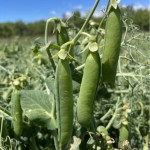
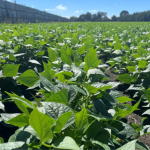

Community Engagement and Knowledge Sharing Strengthen the Carbon Positive Project
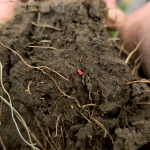
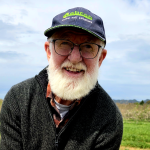
Farewell to Trustee Phil Schofield – A Foundational Leader of the HBFFCT
